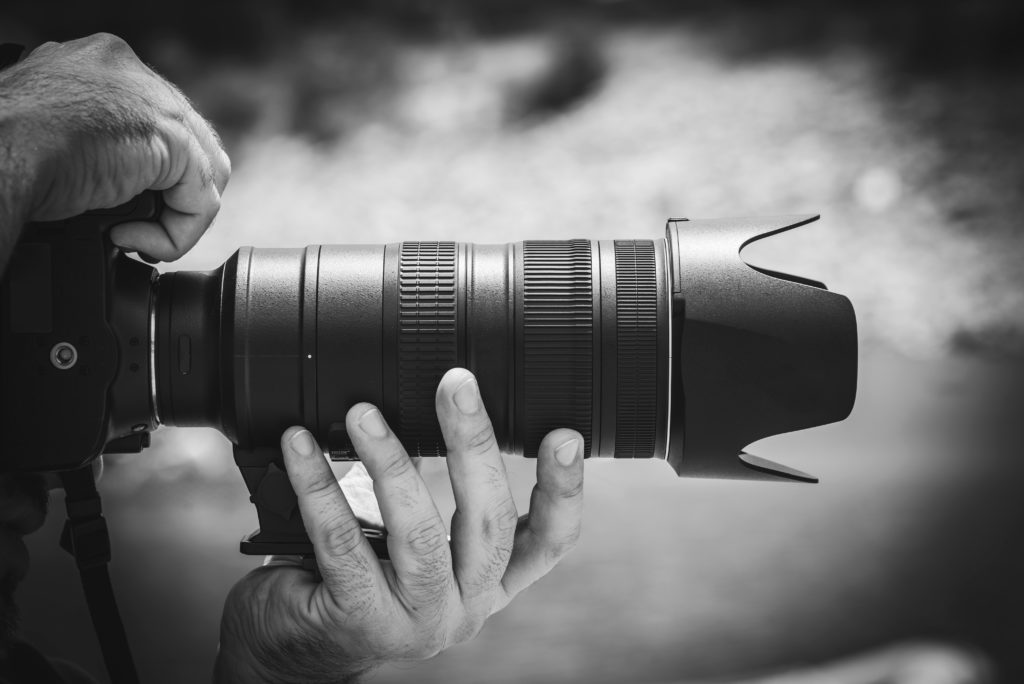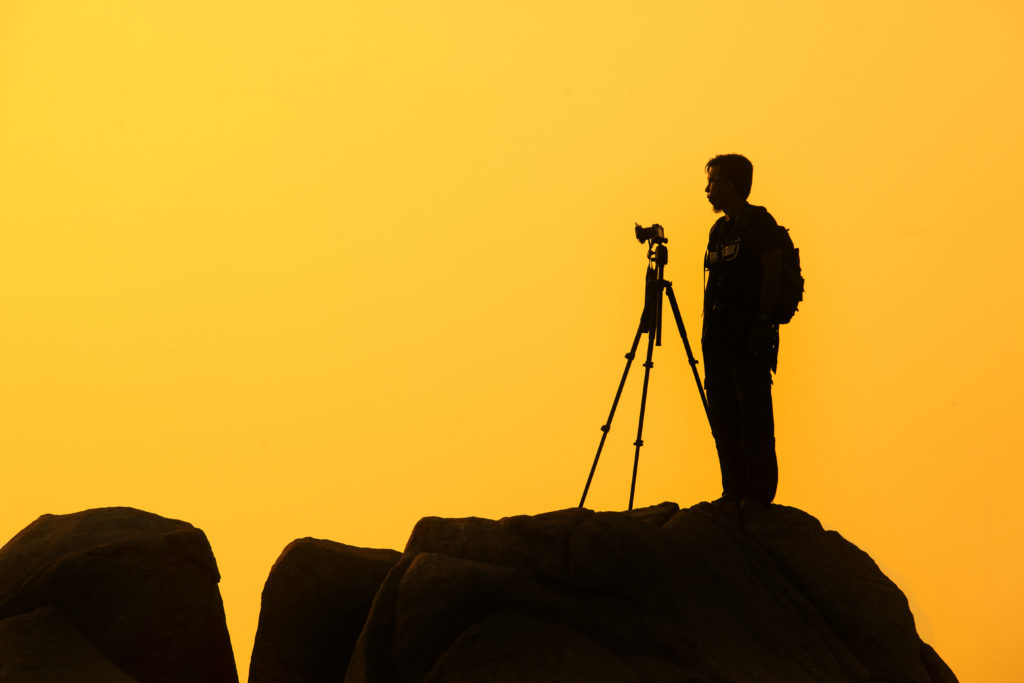Maybe you want to turn your photography into a sustainable business. It is a great goal and definitely a dream for some. Photography is a wonderful creative outlet and then earning an income from your creativity is fantastic.
Hey, you only live once and if this is your dream, then go for it!
Photographers are usually a one-person-army when it comes to business management, and photography has evolved so much today we all must consider certain realities if we want to make a living from it.

So here we will briefly cover twelve things you should keep in mind if you want to develop a sustainable business. You don’t need to follow all of them – this isn’t a prescriptive “how-to”, and they aren’t presented in logical order. You are an entrepreneur, and you’ll find the best recipe for your own success.
But these tips will make the road a bit less rocky and we whole-heartedly wish you the best of luck.
So here are some thoughts…
1. Improve Yourself As A Photographer

One of the beauties of photography is that it invites us to seek perfection. The door to constant improvement is always open, and we must push ourselves harder and harder to get closer to it. And constant practice, facilitated by always having our camera with us, is perhaps the best way to get there.
The main reason you need to keep improving your photography is that there are already a lot of great photographers out there delivering exquisite imagery to their clients. If we want to make a successful living from photography, we need to keep improving our craft until the day we die.
2. Be Creative To Compete

Some people think creativity is overrated, but it’s essential to come up with creative solutions if we want to make our photography a successful business. Creativity must also be viewed as a holistic way of working that includes everything from problem-solving in our business to the style of our images. Keeping up to date with trends will give us a clear picture of what’s going on around the globe, and this will enable us to know what our clients expect to receive.
3. Involve Your Clients In Your Workflow

Thoroughly involving with your clients is one of the best ways to deliver pictures that meet their needs. But it will be hard on your business if you take your client’s expectations for granted. Ask them for their ideas, and above all, ask them for visual references (yep things like Pinterest boards can help here). Having a clear idea of what your clients want will help you not only deliver something that will satisfy them, but will also make your work more efficient. Some clients ask for “simple” images, but what they consider to be simple may not be as simple to achieve as they think. Also, their references will give you a clear idea of how to price your services correctly.
Beyond asking for visual input, also sit down with them and discuss the process to come up with a unique, yet achievable concept. Clients may go crazy with ideas, and it’s your responsibility to keep them grounded. Creating a concept together will be one of the best experiences you – all of you –will get when you’re trying to build a photography business.
4. Avoid Working For Free

When beginner photographers start to make money with their photography, they often undervalue themselves by setting excessively low prices – so low, in fact, that they can sink to $0.00. But why does this happen?
One of the main reasons for this sad reality is that many newbies don't have a solid portfolio to showcase to clients. Therefore, they agree to shoot images so they can develop that portfolio – this is an option, but there are better ways to add to your portfolio, rather than take potentially paying jobs for free.
Photographers need to know when to stop worrying about their portfolio and start charging real money for their professional services. If this is you, think about it. After all, you have invested not just in gear, but your time – you’ve also built knowledge about how to use your photographic tools and about the aesthetics of photography in general.
The other main reason why photographers give their work away is because of a humbug manoeuvre that’s becoming more common as time goes by. Many companies offer “a great deal of exposure” for working for them for free. Please, if you value your work and effort, put serious distance between you and offers like that. They are just scams, and the “exposure” never happens at all.
Just remember trading ≠ free
If you get an offer to barter from another client, consider it. Let's say a friend who is having a small family dinner asks if you can take pictures at the event. This friend happens to be an amazing logo designer, and since you are starting your photography business, a logo might come in handy in the near future. In this case, you could arrange something – you can take the photographs in exchange for a styled logo for your photography biz. It’s an entirely different scenario than just working for a vague promise of “exposure”.
5. Keep A Solid Portfolio
In a previous post, I wrote about the importance of having a solid and consistent portfolio you can use to showcase your work to your clients. In brief, nothing sells your work as a photographer more than a solid and consistent portfolio. Period.
You need to see your portfolio as your most valuable asset. It should embody only the best of the best of your work. Quality over quantity should be your mantra at this point.
6. Learn About Social Media And Digital Marketing

The internet is where your business should be. Now, I am not an expert on this subject, and I am not pretending here to give you a crash course on digital marketing. Learning about how the internet works will make your photography a much more agile business endeavour. There are some fantastic learning resources for this (like Hubspot, Sprout Social and CoSchedule). They all have paid solutions, but they are generous and have some amazing free blogs that explain some very valuable stuff.
7. Benchmark Yourself Against Other People In Your Industry

So what does this mean…creating a unique offer in any market requires benchmarking, and photography is no exception to the rule. Basically, what happens during a benchmarking exercise for a photography business is that the photographer compares not just the imagery of other businesses, but also the other key processes they use, like their marketing and social media efforts.
Criteria to consider when comparing your own photography business to others include:
- Attributes: These are specific characteristics that make other photographers' businesses successful. Examples include a solid portfolio, strong social media strategies, use of Google Ads, gear, etc.
- Flaws: Be extremely objective during the benchmarking process. Try to spot weak points in other photography businesses that you can take advantage of.
- Blind Points: This analysis is to identify opportunities as you do your sneaky research.
Benchmarking is not standard across all photographers and their competition, but you'll master it with practice. The overall mindset you need is absolute objectivity. Put aside your ego and identify what others are doing that make their businesses successful – and at the end of the day, this is where you’ll see where you can improve and offer a better service.
8. Time Management

Time management is vital for any business, but when it comes to services like photography, time management will give your business the extra boost it needs to be cost-efficient – ergo, brilliantly successful. Planning ahead without knowing how much time you'll spend executing your complete workflow is doable, but only so you can register and validate your times.
There are many solutions for keeping accurate track of time. One of the most popular ones is called the “Pomodoro Technique“. Personally, I don't like it, but for many people, it does the job. In my quest for useful solutions, I stumbled across Toggl, and I just love it. Give it a try. It has a free version that delivers useful and beautiful weekly reports. I'm also a huge fan of Google Calendar, and their redesigned version is very nice.
The ultimate importance of keeping track of time in photography is that, often, a lot of hours are simply not considered by the photographer when they make an offer to a client. Those hours you spend in meetings, reference research, post-production, and of course, taking the photos should all be considered when crafting a quote. Time is money, and hours should be our units of measurement from now on.
9. Invest In A Beautiful Website

Social media is not enough. Being on Facebook and Instagram is not enough. Be aware of this. If you want your business to look serious, you need to invest in a beautiful website that showcases your photographs in the best possible way.
I'm not being sponsored by these guys, but SquareSpace meets my needs. There are plenty of other beautiful website builders out there, so find one you are comfortable with.
Again, your portfolio is your most important asset – I never get tired of repeating those words – and any website solution you invest in should showcase your portfolio without any distractions.
10. Learn A Little About Search Engines And Analytics
Appearing in a search engine’s results list is possible, but it doesn’t happen overnight. Ensuring that, when someone in your area “googles” photographer, they see your services is something to strive for. You have to continually improve the content of your website, and millions of other websites will be competing with you, so is important for you to know that the web is a crowded place – and everyone wants to be at the top of the search results.
Sounds complicated? Yup, it is but learning some of the basics will help you get noticed. You’ll also need website analytics that will give you a clear perspective of what’s going on with your website. You can see this by yourself with Google Analytics.
11. Know When To Stop Flying Solo

Doing everything all by yourself works until you reach a certain point in your business. But when does a photography business need to start outsourcing stuff? The answer is simple: as soon as you start to feel overwhelmed by the amount of work and start feeling odd about your photography – that is, when you stop enjoying photography. That’s when you need extra help. If you keep doing everything by yourself, you’ll burn out, and everything will become a huge headache. Remember you do actually need some balance in your life – you’ll need to work hard, but also recognize when you are working too hard.
12. Figure Out A Holistic Rate – That Is Your Golden Number
At the end of the day, sit down and brainstorm every little expense you think your workflow requires to actually run from start to finish – from meetings and gasoline to electricity, gear, and salary (yep be honest, how much money do you need to exist in your world!). After that, figure out the monthly salary you need to pursue your photography dream. Add both numbers, divide by 20, then by 8 and you'll have a decent estimate of your hourly fee. Now you just need to figure out the profit margin you want. If this sounds complicated, you can always use a Freelance Calculator. Here are some options for you:
- Freelance Boost
- Beewits Rate Calculator
- Your Rate
So this figure is what you need to earn being a photographer – it is in reach, but it isn’t always easy. Work hard and think about your business as creatively as you think about your photographs.
We wish you the best of luck on your beautiful journey towards making photography a sustainable way of living. We hope that at least one the twelve aforementioned tips will help your business grow.
Further Learning
- 3 Free Photography Guides That Will Make Your Business Shine
- 3 Serious Tips Your Photography Business Needs Today – No Joke!
- Got a Photo Shoot Booked? Don’t Leave Without These Things, You’ll Just Kick Yourself!
[thrive_text_block color=”note” headline=””]Let's face it, at times we all need help getting our photography to the next level. Sometimes we don't get the photo we want because we have trouble getting over that last hurdle with our photography – and sometimes we aren't even sure what that hurdle is. Take this quiz and find out what holds you back from reaching your photography goals.
TAKE THE PHOTOGRAPHY KILLER QUIZ[/thrive_text_block]









